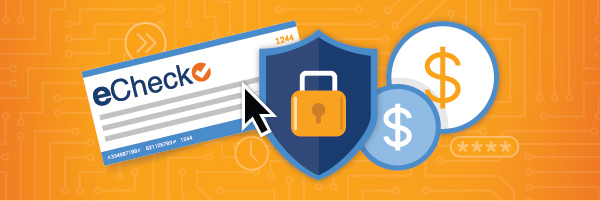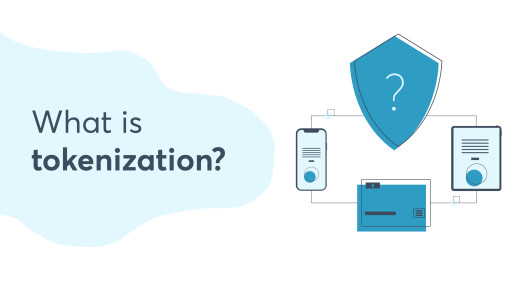Welcome to our guide on PIX Brazil, the revolutionary instant payment system that has transformed…

Recognizing and Reducing E-Commerce Fraud
Over the years, one of the largest sources of payment fraud has been credit cards. A report in 2014 estimated that credit card fraud contributes to around 52% of all of the payment fraud in the United States, and this has not slowed down in the years since.
In Europe, card issuers implemented the EMV chip cards for Visa, Mastercard, and Europay. These cards have been available for over a decade. This has reduced credit card fraud by over 75% at brick-and-mortar stores over eight years in the UK.
In Europe, the success of these chip and pin cards has encouraged those in the United States to undergo a change from traditional swipe cards to the EMV chip card. On October 1st, there is a deadline for American merchants to make this switch to the EMV card reader. After this time, businesses are liable for fraudulent transactions the originate from a terminal that is not EMV compliant. Those in the industry speculate that the change is not going to reduce payment fraud rates. They estimate that those involved in fraud will stop card skimming and switch to online fraud.
How Can an E-commerce Business Detect and Reduce Fraud With the Expected Surge of Fraud Online?
E-commerce is impacted by two types of fraud. These are briefly discussed below.
Account Takeovers
When there is a data breach in someone’s personal information is stolen, identity theft thieves can take over this account and pretended to be the victim. A criminal can gain access to an account by using credentials that are stolen. They change the registered contact information so the victim can’t be notified of suspicious activity. Once they have accomplished this, then they will make purchases under the account until they lose access after they have been detected.
Chargebacks
This type of fraud is often called friendly fraud because of how the crime is committed. When a consumer uses their credit card and makes a purchase online, they can’t dispute the charges with the credit card issuer once they have received their item. In some cases, the order might have been placed by someone else that is closed to the credit cardholder. This could be a friend or a family member who has access to the person’s account information.
How Retailers Can Detect and Reduce Instances of Fraud
There are several steps that a retailer can take to reduce instances of fraud, which are outlined below.
Require Transaction Data Fields
When you make fields such as email addresses, telephone numbers, billing address, and cardholder name mandatory, it is easier for an online retailer to detect fraud before these attempts are successful. The retailer can look up information such as the telephone area code and prefix to make sure that these match the address of the cardholder.
Verify the Information of the Cardholder
Verification of the mailing address and the full name of the cardholder needs to take place. This can be done using reliable data sources such as electronic identity verification services. These eIDV services need to have access to multiple sources of data such as utilities, credit header information, public records, and so on, as this will ensure higher confidence that fraud is not taking place.
Confirmation Emails
It’s important to ensure that the email address consumer provides is a valid one. A confirmation email should be sent for a transaction. If there is a bounce message, then this might be an indication that there is someone trying to commit fraud. An email address should be verified before the transaction is complete.
Transaction Controls
E-commerce businesses should have transaction controls as part of their risk management system. This will help them identify transactions that are high-risk. For example, newer customers might face a lower dollar amount for a transaction or a lower number of orders. As a customer field history with the retailer, their limits can be loosened so that they can have frequent transactions and transactions worth a lot more money.
Internal Negative File
A company should establish and maintain an internal negative file. This will allow the retailer to protect themselves from future fraud being committed by a group or the same person. The file needs to contain information about a fraudulent transaction such as email addresses, names, passwords, shipping addresses, credit card numbers used, and telephone numbers.
Summary
Online retailers have a lot at stake, so they have to work to reduce instances of fraud. For every dollar lost, a business has increased costs. A report in 2013 indicated that this was $2.23 for every dollar lost. In 2014 this went up to $2.33 for every dollar lost. In the years since, this figure has increased even further. The cost includes expenses like chargeback fees and investigation into the fraud.
When using IntegralPay’s VMPI program, merchants can prevent the greatest number of chargebacks possible. Contact us now to find out more today!



Hi im looking for a payment gateway and i have e commerce store and its totally online store waiting for your reply thanks
Thank you for your comment Shry! To get started, please complete our pre-qualification form and we’d be glad to look into it for you.